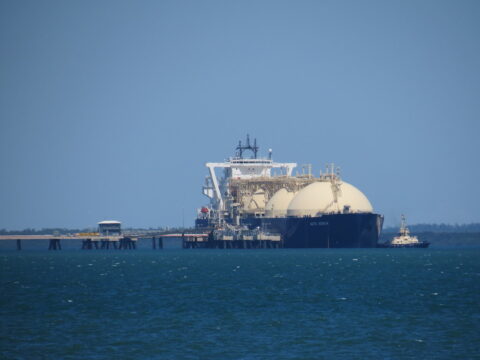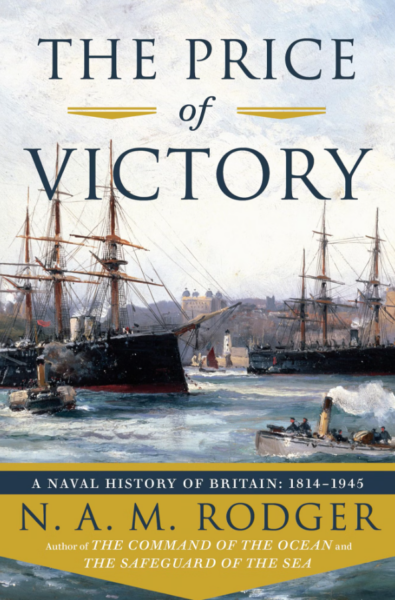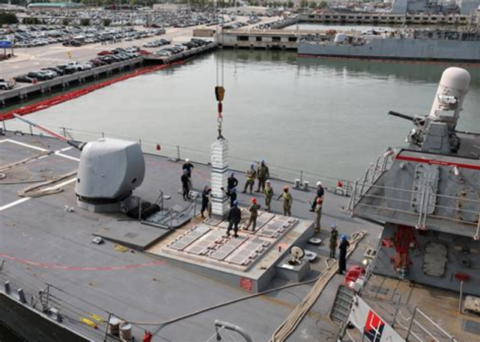As J.D. Tuccille reports, Alaska is having to ask the US government for a waiver from the requirements of the 1920 Merchant Marine Act to allow them to legally transport their own liquid natural gas within the state:

“LNG Carrier Alto Acrux” by kenhodge13 is licensed under CC BY 2.0 .
Alaska is a cold state where residents need energy to keep the chill at bay. Fortunately, the state is blessed with natural resources, including abundant oil and natural gas that can help satisfy that need. Unfortunately, as I’ve written before, a nationalistic, century-old law requires that shipping between American ports be conducted only by U.S.–built and –flagged ships. And there aren’t any liquid natural gas tankers that satisfy the requirement. Now Alaska officials are seeking a waiver so they can use their own resources to resolve a growing energy crunch.
[…]
Over a century ago, Congress passed the Merchant Marine Act of 1920, better known as the Jones Act, mandating that “No merchandise … shall be transported by water…between points in the United States…in any other vessel than a vessel built in and documented under the laws of the United States and owned by persons who are citizens of the United States”. There’s more to it, but the nationalistic law, intended to protect American shipping, effectively barred transporting goods between American ports in foreign-built and foreign-flagged vessels. That means North Slope natural gas can be transported to Alaska’s populated south only in American tankers. If you can find any. You can’t.
“LNG carriers have not been built in the United States since before 1980, and no LNG carriers are currently registered under the U.S. flag,” the U.S. Government Accountability Office (GAO) reported in 2015. And, while you’d think that demand — not just in isolated states like Alaska and Hawaii, but also territories like Puerto Rico — would drive supply, there’s a huge hurdle. “U.S. carriers would cost about two to three times as much as similar carriers built in Korean shipyards and would be more expensive to operate,” the GAO added.
The GAO created its report at a time when Congress was considering extending the Jones Act to require that exports of natural gas be carried only in U.S.-flagged shipping. The GAO concluded that such a law would “increase the cost of transporting LNG from the United States, decrease the competitiveness of U.S. LNG in the world market, and may, in turn, reduce demand for U.S. LNG”.
Congress wisely dropped the idea of extending the Jones Act, but Alaskans are still stuck with the original law, waiting for nonexistent domestically-built LNG tankers to show up with loads of North Slope natural gas. If they don’t wait but instead try to ignore a law with which it’s impossible to comply, they risk millions of dollars in fines, since the federal Department of Justice vigorously enforces the Jones Act.
In 2017, the feds fined an energy company $10 million for transporting a drill rig from the Gulf of Mexico to Alaska’s Cook Inlet in a foreign-flagged vessel. The company planned to bring more natural gas to the resource-rich but energy-starved state.






